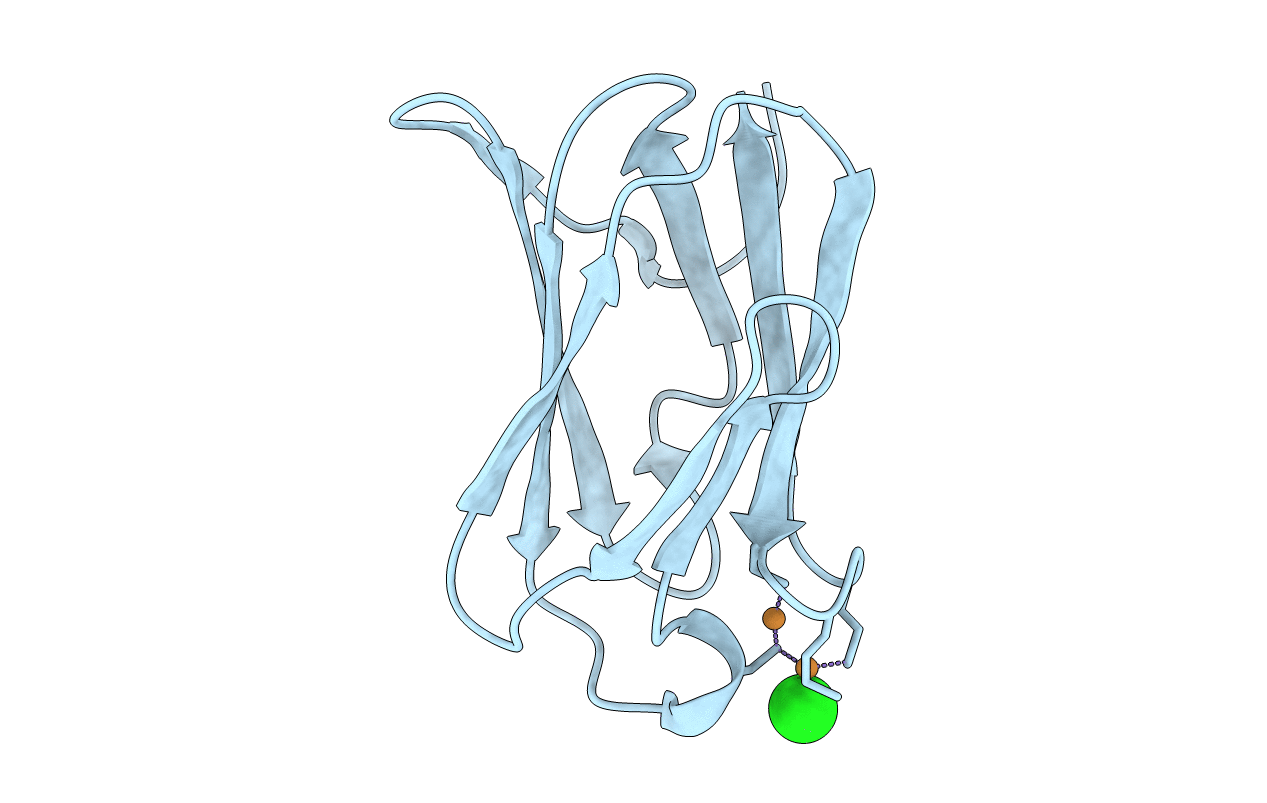
Deposition Date
2012-05-07
Release Date
2013-01-30
Last Version Date
2024-02-28
Entry Detail
PDB ID:
4F2E
Keywords:
Title:
Crystal structure of the Streptococcus pneumoniae D39 copper chaperone CupA with Cu(I)
Biological Source:
Source Organism:
Streptococcus pneumoniae (Taxon ID: 373153)
Host Organism:
Method Details:
Experimental Method:
Resolution:
1.45 Å
R-Value Free:
0.19
R-Value Work:
0.17
R-Value Observed:
0.18
Space Group:
P 21 21 2


